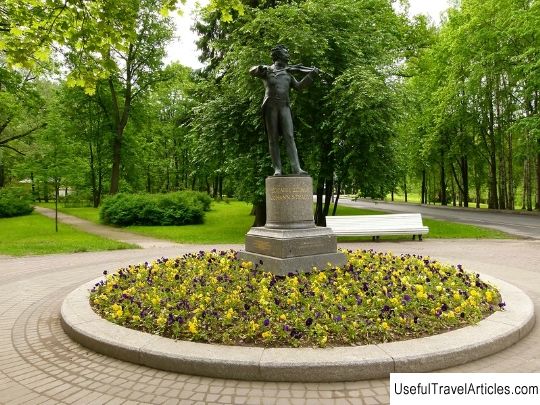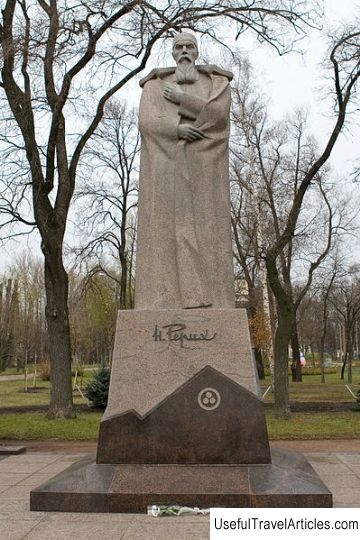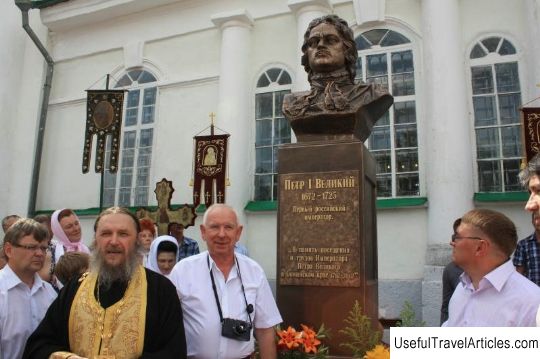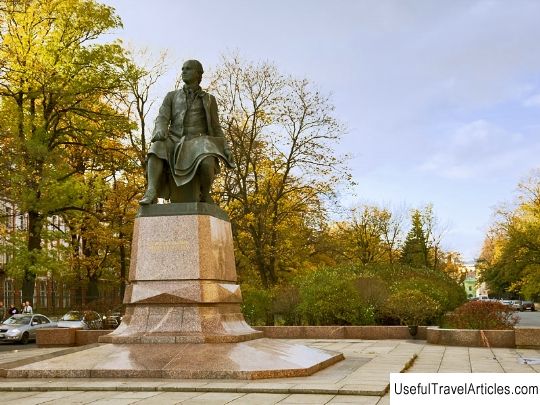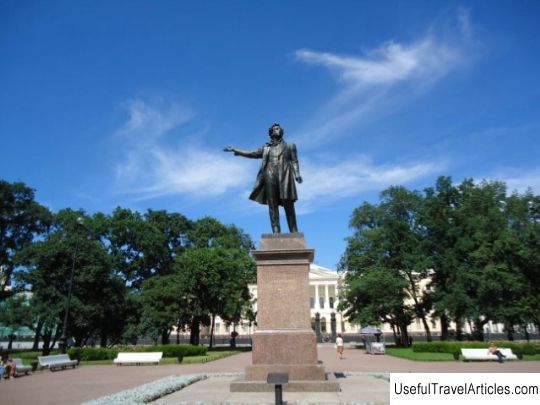Monument to M. I. Glinke description and photo - Russia - St. Petersburg: St. Petersburg
Rating: 8,3/10 (864 votes) 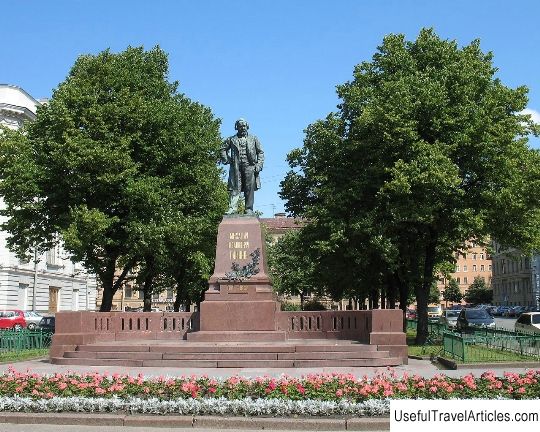
Monument to M.I. Glinke description and photo - Russia - St. Petersburg: St. Petersburg. Detailed information about the attraction. Description, photos and a map showing the nearest significant objects. Photo and descriptionThe idea to immortalize the memory of Mikhail Ivanovich Glinka, the famous Russian composer, founder of the national school of composers, arose in 1901, on the eve of the 100th anniversary. By this time, in St. Petersburg, in the Alexander Garden in front of the Admiralty building, a monument to the composer had already been erected. Its installation was initiated by the City Duma in 1899, almost 40 years after the reburial of his ashes at the Tikhvin cemetery, where a tombstone was erected for him. To raise funds for the creation and erection of a new monument in St. Petersburg, they worked "all over the world" - many charitable concerts and performances were given, representatives of almost all strata of Russian society took an active part in the collection. As a result of this large-scale action, more than 16 thousand rubles were collected. To determine the best sketch of the monument, the Academy of Arts convened a competition committee, to which the works of 22 authors were presented. As a result of a difficult competition, 8 of the most successful sketches were selected, and with minimal comments, the sketch of the architect R.R.Bach, the namesake of the famous composer, was approved. It should be noted that during his life in Berlin, M.I. Glinka thoroughly studied the choral creativity of the old masters - in particular, the works of I.S. Bach. Mikhail Ivanovich was the first of the secular composers to compose and process church music in the Russian style. In 1903, the monument to Glinka was made at Moran's bronze foundry and installed at the intersection of Teatralnaya Square and a street named after the famous composer. Sculpture, decorative branch, The candelabra of the monument were cast from bronze, the pedestal and balustrade were made of polished red granite. The total height of the monument was more than 7.5 m, and the figure of the composer itself was 3.5 m. Almost immediately after the installation, the monument, located in the center of the square, began to impede the movement of carriages, and then the horse tram. Therefore, in 1925, it was decided to dismantle the monument due to the reconstruction of the square, as a result of which tram tracks were installed on the site of the monument. The task of the Commission of Architects, convened in 1926, was to find a convenient and reliable place to restore the monument to the great composer. This place became Teatralnaya Square, not far from the Mariinsky Theater, and more precisely - the park, closer to the southern side of the Conservatory. Architects, members of the Commission for the restoration of the monument, decided to slightly change the appearance of the monument, removing the candelabra as they do not correspond to the general artistic and stylistic solution of the monument. The pedestal itself is installed on a fairly wide platform, fenced with granite porticoes, which gives the entire ensemble a solemn and majestic look. Work on assembling the monument at the new location was carried out under the supervision of the sculptor Waldman. In 1944, a bronze figure of the composer was restored, as well as a decorative branch on the monument. The restoration was carried out by the employees of the Monumentskulpura plant. After the restoration of the monument, the height of the sculpture was 3.55 m, and the height of the pedestal was 4 m. Several engravings were made on the monument in gilded letters: `` Laid down on May 20, 1903 - opened on February 3, 1906 '', the names of his most famous works are also marked - the opera Ruslan and Lyudmila, Night in Madrid, A Life for the Tsar, music for the tragedy Prince Kholmsky, Aragonese Hota, symphonic fantasy Kamarinskaya ''. The most important inscription, of course, is “Mikhail Ivanovich Glinka.” The years of his life `` 1804 - 1857 '' are engraved in gilded letters under the bronze overhead branch.     We also recommend reading Sunny (Tsar's) trail description and photo - Crimea: Gaspra Topic: Monument to M. I. Glinke description and photo - Russia - St. Petersburg: St. Petersburg. |
